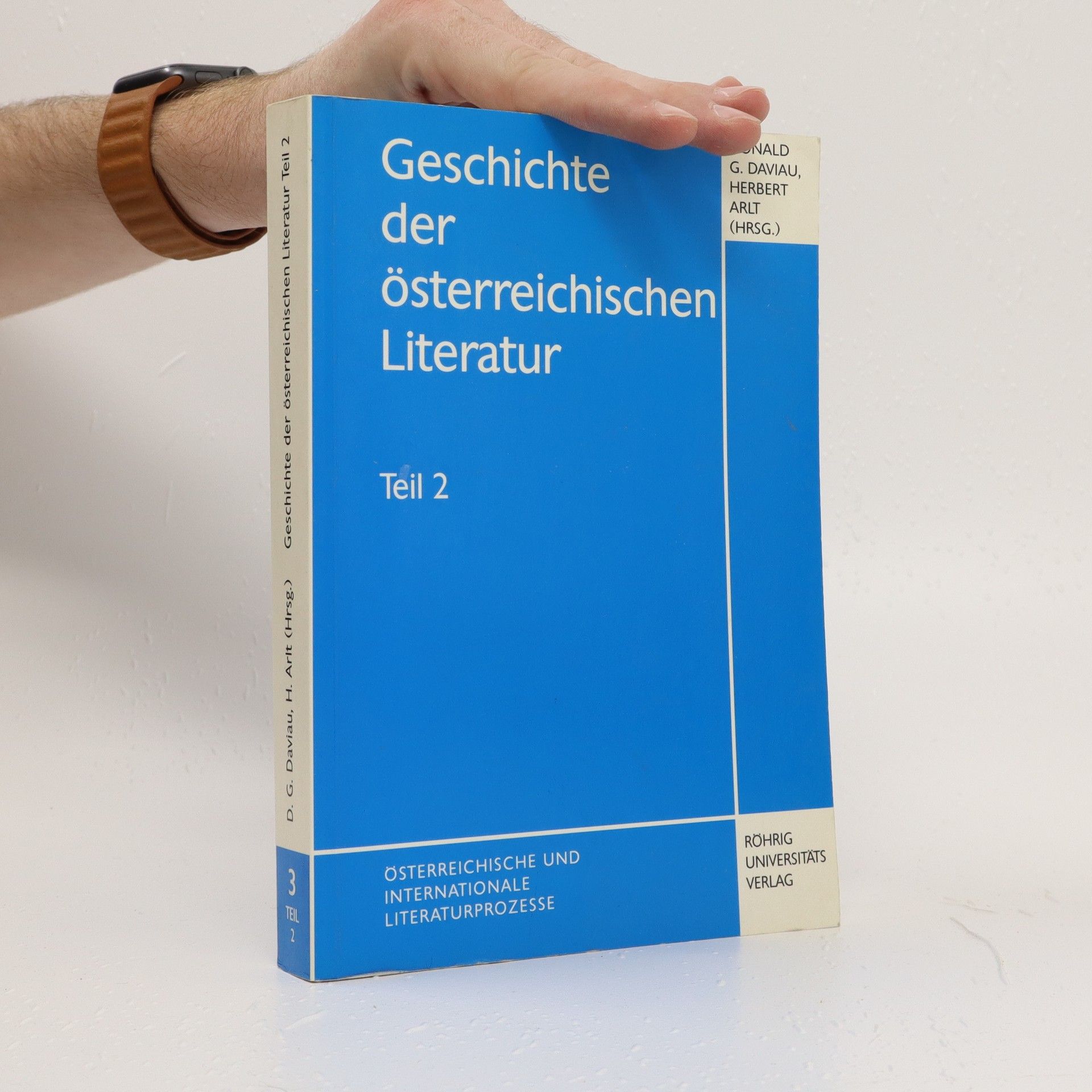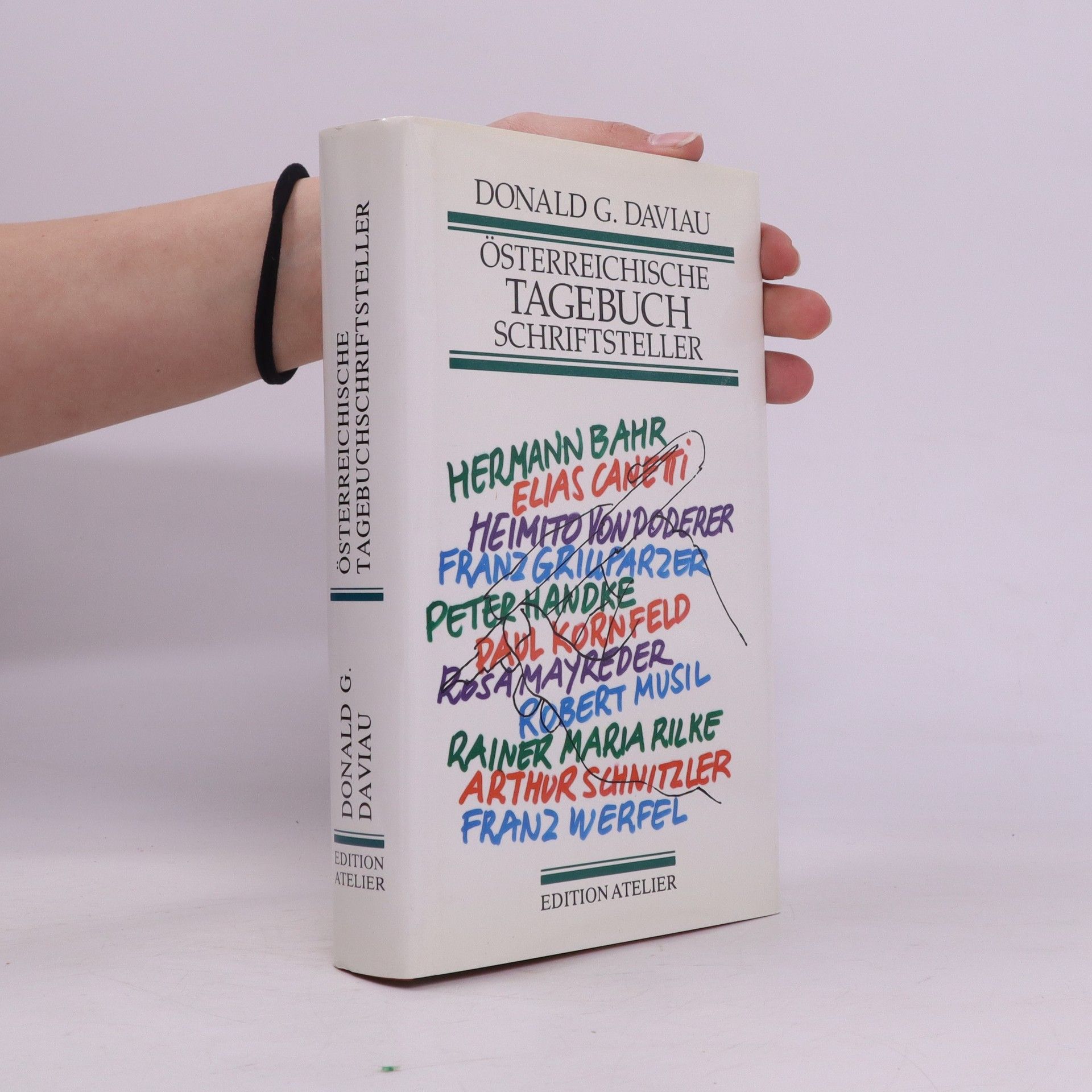Donald G. Daviau Books



Kurzbiographie und Werkbesprechung des großen österreichischen Autors
Geschichte der österreichischen Literatur: Teil 2
- 758 pages
- 27 hours of reading
The book explores various aspects of Austrian literature through a collection of essays by different authors. Herbert Arlt discusses the historical representation of Austrian literature, while Wolfgang Höppner examines the methodology of literature historiography, focusing on Wilhelm Scherer. Eduard Beutner addresses the Enlightenment period in Austrian literature, highlighting research gaps and presentation challenges. Neva Ãlibar calls for an interculturally conceived history of Austrian literature. Pamela S. Saur contrasts American and Austrian literary histories. Thomas Rothschild analyzes contemporary Austrian literature beyond current trends, and Maximilian Aue reflects on the challenges of evaluating literature in a new Austrian literary history. Tamás Lichtmann offers methodological theses regarding the cultural legacy of the Austro-Hungarian monarchy. Paul F. Dvorak explores the connections and tensions between Vienna and Prague. Gerhard Fieguth investigates aphoristic possibilities in the works of Grillparzer, Hofmannsthal, and Kraus. Stefan Aichhorn discusses Austrian folk theater comedy, while Penka Angelova delves into Christoph Ransmayr's novels and their relationship to universal history. Alessandra Schininà highlights the significance of diaries in literature, and Nancy C. Erickson analyzes cultural inscriptions in Elfriede Jelinek's works. Annette Daigger reviews the reception of Austrian literature, and Gün